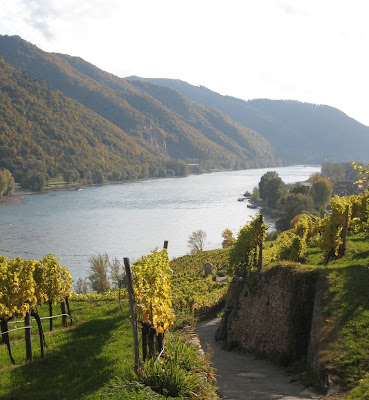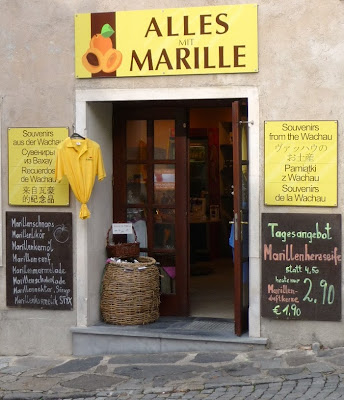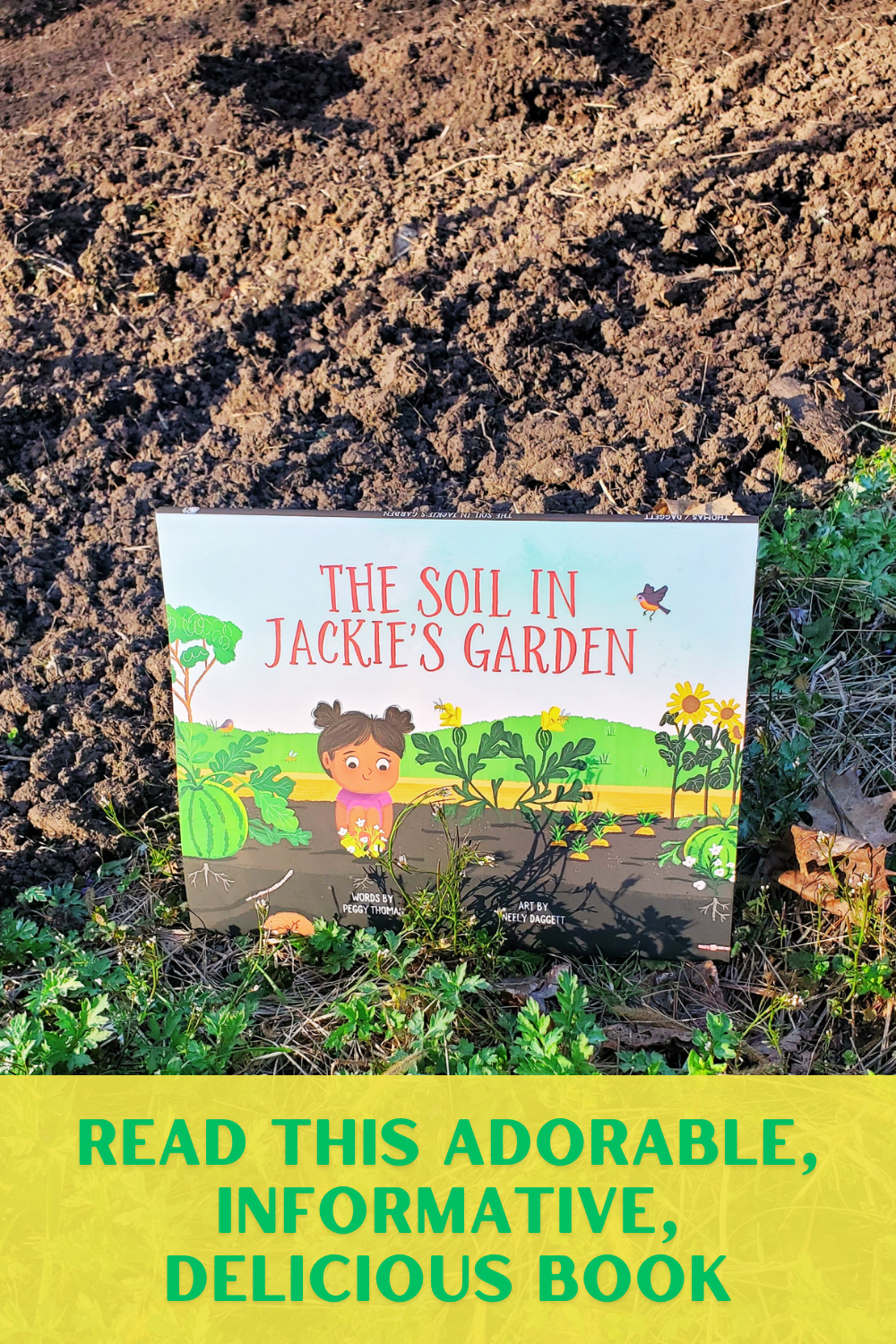Austria for Wine Lovers
Note: this article was originally published in 2008, and updated in 2017.
The land-locked country of Austria in Central Europe has borders with Germany, Switzerland, Italy, Slovenia, Hungary, Slovakia, and Czech Republic. The country is known for its fine classical music, welcoming mountains, spectacular Lipizzaner horses, and filling cream cakes. Yet, Austria has been producing fine wines for centuries, and today is more than happy to share these treasures with wine-loving visitors.
An excellent wine educator, Willi Klinger, head of the promotional organisation for Austrian wine, explains his country’s geography simply: “We have skiing in the west and vineyards in the east”. And, the east is where the capital Vienna lies, so where better to start a wine tour?

Vienna itself is one of the few capital cities to have vineyards within the its boundary – more than 600 hectares (about 1500 acres) lie on the hillsides north of the centre. Most of the wines produced in the Vienna district and further north in Lower Austria are white, with the classic Riesling, along with Austria’s very own Grüner Veltliner being the most prized grape varieties. Make sure you visit Vienna so you can enjoy an evening wining and dining.
Vienna has its own white wine speciality: Gemischter Satz, a dry but very fruity white wine made from a blend of up to 20 grape varieties, many quite obscure, a so-called ‘field blend’ where the grapes are grown together in a mixed vineyard, and then harvested and fermented together. Gemischter Satz is a light, aromatic white wine, perfect as an aperitif or with cold meats.
Vienna has an excellent selection of slick, modern wine bars (try the Wein & Co chain) as well as restaurants stocking a good range of Austrian wines. But the one type of establishment no wine lover should fail to visit is a Heurige. These traditional, often rustic wine taverns are found all over Austria’s wine regions and are owned by individual wine producers, who are allowed a special licence to open them to sell their own wines by the glass or bottle for a certain number of weeks per year. Simple, country food is served and the atmosphere can be described as like a neighbourhood pub or bar, good natured, often with music and singing.

Weibels in Vienna
Heurige is also the word used for the new wine that is available to drink in November a few weeks after the harvest, when locals rush to these taverns to experience their first taste of the new vintage. A delightfully quaint straw or pine-sprig wreath is hung outside each Heurige to indicate that it is open. Vienna has as many as 100 Heurigen, and any local you meet is sure to recommend their favourite – I can definitely put a word in for Mayer am Pfarrplatz, one of the larger ones that serves a delicious Gemischter Satz – take a taxi to get there.
One of the mighty rivers of Europe, the Danube runs through Vienna, and you can take a day trip up the river by boat to visit the most famous white wine region of Austria, the Wachau, also possible to reach by road in around 90 minutes. West of the town of Krems, Wachau am Donau (Wachau on the Danube) is proud of its UNESCO World Heritage status, and is a breathtakingly beautiful place to visit. Almost my favourite moment there was when we put our car on a ferry to cross the river, affording a wonderful view of the steep vineyard slopes and colourful old villages below. Dürnstein is the most famous wine village, but it’s well worth wandering through the streets of others such as Weissenkirchen or Spitz. Vineyard walks are also possible with well-marked paths winding up in-between the vineyard terraces above the river and breathtaking views.

Ferry across the Danube, Wachau

Vineyard walk in the Wachau
The Wachau has a myriad of small fine wine producers who make dry white wines from Riesling and Grüner Veltliner. The Wachau has its own quality designation, labelling the wines Steinfeder, Federspiel, and Smaragd in increasing levels of weight or richness. All is explained if you pay a visit to the highly respected wine cooperative Domäne Wachau in Dürnstein, that welcomes visitors without appointment and provides a wealth of information along with some excellent wines. It is on the site of an old monastery – the Wachau is full of such architectural and historical treasures.

Durnstein, Austria
The region is known also for its fine Austrian food, with not only fish, but meat and game dishes matching well with these flavoursome and long-lived dry white wines. The region is well set up for tourists, with cycle routes and accommodation at all price levels. Don’t fail to taste the local Wachau speciality of apricots (called here Marillen): fresh or dried, on pancakes, as jam, or as a fiery spirit or sweet liqueur.

Marille shop
South of Vienna, where the weather is warmer and the sunshine hours greater, the large Burgenland district is where you will find Austria’s famous sweet wines from vineyards close to the huge, but shallow Lake Neusiedl. Here the grapes benefit every year in the autumn from noble rot (botrytis cinerea) causing them to shrivel concentrating their sugars and flavours, enabling luscious sweet wines to be made such as Ruster Ausbruch. A small glass is a must with the many naughty Austrian desserts (Apfelstrüdel in situ just tastes so much better).
You will also find growing numbers of excellent red wines here. Austria’s key red grapes are the juicy Blauer Zweigelt, the sometimes Pinot Noir-like Saint Laurent and perhaps the finest and most individual Austrian red grape, Blaufränkisch, which does best in the warm Mittelburgenland region south of Lake Neusiedl. It gives wines with blueberry flavours and a structure that relishes in food like warm goulash and dumplings … yes, that’s just like Hungarian goulash; many of the vineyards are in sight of the Hungarian border. This region is also becoming known as a centre for thermal spas, and would be perfect for a relaxing holiday away from it all.

View from the other side of the Danube to Dürnstein, Wachau, Austria
If you get a chance to visit Austria, even if it’s to the ski slopes in the west of the country, don’t fail to investigate Austrian wines when you dine out. The dry, lemony Riesling, the peppery Grüner Veltliner, juicy Blauer Zweigelt or firm, tasty Blaufränkisch are all to be highly recommended, and the country has many well trained sommeliers to advise you.
For more information, check out Wines of Austria or the excellent blog from wine writer and educator Julia Sevenich who lives in Austria.
Our Wine Travel editor, Wink Lorch, is a freelance wine writer based in Europe and owns the Wine Travel Guides website.
Photos by Wink Lorch and Brett Jones.
Map courtesy Wines of Austria.
Every month a group of expert, independent travel bloggers converge on a single topic in a Travel Blog Mob. Our topic for this month? Wine!
* Europa Village: Old World Wines SoCAL Style by Wanderlust & Lipstick
* Our Favorite Drinks From Around the World from BootsnAll
-

- Log in to post comments




















